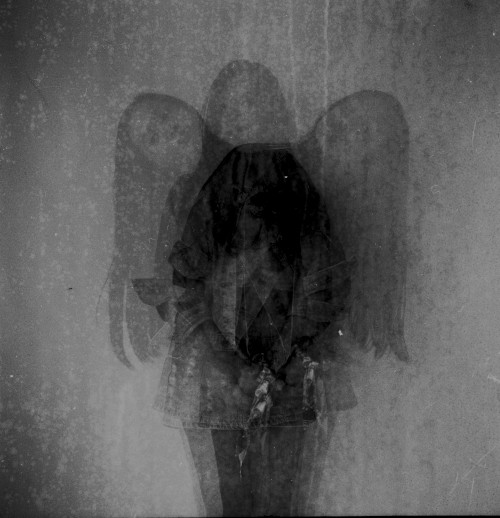When we think operationally about space and time, we usually assume that the objects we use as reference frames are classical systems – like a macroscopic heavy ruler or a clock with sharply defined hands. Quantum reference frames have recently been introduced as a formalism to describe physics when rulers and clocks are assumed to be quantum systems.
In the operational sense, “time is what a clock indicates”. In [1] we have studied how an “event” – a flash of light or a click in a detector – is localised with respect to different quantum clocks. We have shown that when the clocks gravitate, whether an event is localised in time or not depends on the clock used. This is in stark contrast to the classical notion of an event always being localised in time. Moreover, we have argued that the impossibility of finding a clock according to which all events are sharply localised in time is a signature of an indefinite causal structure. In such a structure it is not possible, not even in principle, to say whether an event A is before or after another event B.
Einstein’s Equivalence Principle (EEP) is the core of general relativity and states that all physical laws take their special-relativistic form in any local inertial frame. In the popular representation of its weak version, an observer in free fall does not experience being accelerated downwards (e.g. towards the earth), but weightless and without acceleration. However, the formulation of the EEP implicitly assumes that the reference frames are classical (i.e. constructed from classical rods and clocks) and that the background spacetime is well-defined. In [2], we introduce the “quantum local inertial frame”, which is bound to a free-falling quantum system in a curved spacetime or in a superposition of spacetimes. We show that from the perspective of such a frame, the laws of physics revert to their special-relativistic form. In our example, this would mean that an observer in free fall in a non-classical spacetime (e.g. generated by a large mass in a spatial superposition of two locations) would again experience weightlessness without knowing that she residues in a non-classical spacetime. The demonstration of this quantum extension of the EEP could pave the way to lay the conceptual foundations for a future theory of quantum gravity
[1] Quantum clocks and the temporal localisability of events in the presence of gravitating quantum systems. By Castro-Ruiz, E., Giacomini, F., Belenchia, A., & Brukner, Č. (2020). Published in Nature Communications, 11(1), 1-12.
[2] Einstein’s Equivalence principle for superpositions of gravitational fields. By F. Giacomini, C. Brukner.
